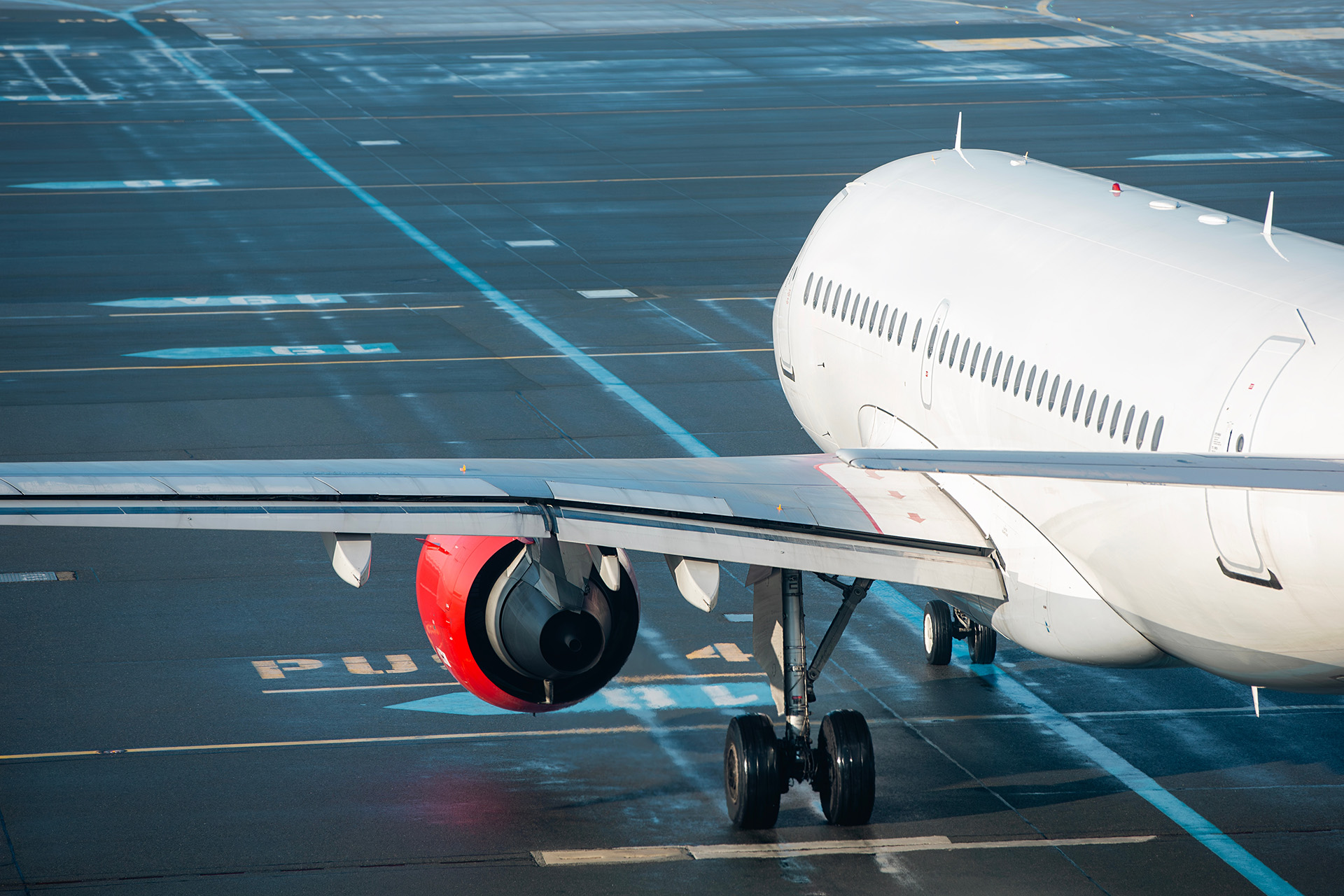The review covers the main findings of research into the effects of aircraft noise exposure on sleep,
and includes the effects on electroencephalogram (EEG) and changes in sleep architecture, and their implications for sleep quality, mood and performance. Field and laboratory studies are compared, and the use of actigraphy versus polysomnography as a means of measuring sleep disturbance in large populations around airports is discussed. The physiological implications of noise-induced sleep disturbance are examined, including the main stress hormone concentrations, heart rate and cardiovascular responses to noise during sleep.
and includes the effects on electroencephalogram (EEG) and changes in sleep architecture, and their implications for sleep quality, mood and performance. Field and laboratory studies are compared, and the use of actigraphy versus polysomnography as a means of measuring sleep disturbance in large populations around airports is discussed. The physiological implications of noise-induced sleep disturbance are examined, including the main stress hormone concentrations, heart rate and cardiovascular responses to noise during sleep.
- Status:
- Current
- Review comment:
- -
- Version:
- 1
- Version date:
- 27-May-2009
- View file:
This publication features in the following categories.
This publication features in the following series.
Provide feedback for this page

